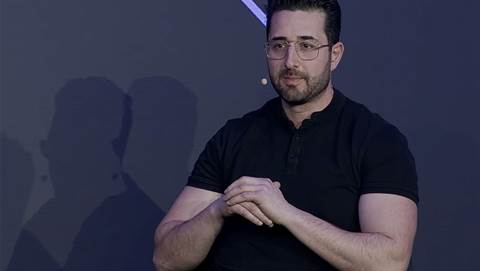Three Australian universities have banded together in efforts to tackle misinformation, AI regulation, online harms, cybersecurity and digital identity via the new International Digital Policy Observatory (IDPO).

The IDPO was created as a comprehensive, open-source and freely accessible database to track developments across international digital and internet regulation from 50 countries facing misinformation, AI regulation, online harms, cybersecurity and digital identity.
The University of Sydney, the University of Technology Sydney (UTS), and the University of New South Wales (UNSW) teamed up to design a space for Australians to access global digital policies and industry insights to develop multi-stakeholder knowledge sharing and regulatory best practices.
Through the database academics, policymakers, regulators, the ICT industry and advocacy groups should be able to stay ahead of issues found in the digital economy and set the country up at the forefront of best regulatory practice.
The project is backed by the Australian Research Council via the Linkage Infrastructure Equipment and Facilities (ARC LIEF) program.
The IDPO is set to be launched by Justice Melissa Perry at the Gilbert + Tobin offices at Barangaroo in late April.
Project leader Professor Terry Flew from the University of Sydney, told Digital Nation, “The focus is on the policy issues associated with misinformation and a range of other digital policy issues.”
“As a consequence, we use a mix of news, academic sources, government sources and law,” Flew said.
Flew said data is drawn from 50 countries around the world.
“As an example, a regulator in Australia could use it to find out how issues that were raised in the UK media were addressed in policy documents and law. Or, perhaps more importantly, where this is an issue that has not been faced by others.
“This means that we don’t track misinformation, but we do track the response to that misinformation”.
Flew added the current system “cannot triage misinformation in progress.”
"However, it can be used to understand the challenges and associated responses when others have dealt with misinformation in progress. That is, it will help in future responses, but is not a system to deal with real-time misinformation dissemination.
Flew also explained the primary benchmark of success will be the impact that the IDPO system has.
“That is, who uses it and the use to which they put it.
“The initial measurement is the number of users and their geographic and functional spread.
“Over time, this will be added to by the number of people who mention their use of the IDPO in their work – especially in the development of policies, law, and regulation both inside and outside Australia,” Flew concluded.


_(22).jpg&h=140&w=231&c=1&s=0)

_(20).jpg&h=140&w=231&c=1&s=0)
.png&h=140&w=231&c=1&s=0)



_(26).jpg&w=100&c=1&s=0)

 iTnews Executive Retreat - Security Leaders Edition
iTnews Executive Retreat - Security Leaders Edition












_(1).jpg&h=140&w=231&c=1&s=0)



